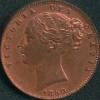Leaderboard
Popular Content
Showing content with the highest reputation since 09/30/2025 in Posts
-
8 points
-
5 points
-
4 points
-
4 points
-
4 points
-
4 points
-
It's a 'wound star' - I guess the equivalent of the Purple Heart. He got shrapnel in his eye at Monte Cassino and had to be operated on in the field. (Later went to an optician in London who turned out to have been his surgeon).3 points
-
I think any coin person would have recognised it instantly and been able to find the exact type based on the details that can just about be made out. I'm pleased that I was better at it than millions of dollars of silicon valley AI power. I must admit though, I did use google lens to identify something the other day. 😉 I haven't been that active on the forum for quite a while, and do you know what, it's good to be back!3 points
-
I decided to have a quick look at the long cross after all. I think the reverse legend is ERO/NEV, so the full legend would be REN/ERO/NEV/ERW (RENER ON EVERW) That would make it moneyer Rener, York mint. Class IIIb-IIIc3 points
-
Firstly, all short cross pennies have the name HENRICVS on the obverse even though they cover the reigns of Henry II, Richard, John and Henry III. The coins are divided into eight classes using a number of distinguishing factors and thereby into date and king order. Short cross pennies are my main field of interest so I'll have a go: The first reverse reads AN.ON.NO That and the style of the portrait means it can only be Iohan (moneyer), Norwich (Mint), so Class 5, circa 1206-7, King John. I'm not sure of the sub-class, but the obverse letters (EX together and type of X) would indicate 5b1 or 5b3) as possiblilies.The full reverse legend would be +IOHAN.ON.NOR The second is a bit more difficult, but I think it reads ERD:ON:C (at first I thought it was ERN, but that doesn't make sense). That would make the moneyer and mint Roberd, Canterbury. The colons either side of ON mean that it is almost certainly class 4a* under King Richard. The full reverse legend would be +ROBERD:ON:CAN The third is much more difficult. The reverse legend is OR+ and that's about all I can read, so you have the last two letters of the mint. That would indicate Norwich or Northampton mints. The obverse portrait indicates an early type, so class 1,2 or 3, which rules out Norwich. So I'd say it's Northampton, which also rules out class 2. I think that the mint signature of NOR limits the possible moneyers to Reinald, Walter, Willelm, Ravl or Roberd. I think the first letter of the moneyer could be a W or R, which won't help. The forth is long cross and not really my field of interest, although I do have a few in my collection.3 points
-
3 points
-
Hello everyone. I'll see about getting the forum software and all the stuff it relies on upgraded to the newest versions at the weekend. There may well be some hiccups along the way, but in the end it'll be worth it I'm sure. Thanks for your patience.3 points
-
Yesterday, Noonan's sold an F13 penny with repaired E's. It was also the "short sea" variety described on Page 14 of John Jerrams' booklet on Bun Pennies. The mutliple repairs to letters and the linear circle are distinctive of this variety.3 points
-
I've been searching for one of these for years..................... https://www.ebay.co.uk/itm/365916219444?itmmeta=01K7BV2E3H5S44ATWR28SSQMX7&hash=item55324e6834:g:VfgAAeSwO~No6sCp&itmprp=enc%3AAQAKAAAA4FkggFvd1GGDu0w3yXCmi1fniTEmULTgZoT%2BvNdgoHck15q%2F4yFunnC8W1AV%2BZHUId%2BN5bYtfg%2FU2A1uMec%2BvYrJIrxP5xbJXjE8GqBvQWwUVgS8t1QsXwGDqOi%2FJZsi4P0GIXyLKxjBYb3IZP4F%2BdZ8V3AIf9stOLgmQHSNZ3kmEgB8Ebd5jh7yf8bRtvp1Asc98h6RLMQugz5cnlJTsHXvuM22fIswWKbmtXABfN51fyOIWeM5OqO0Urj%2BsOSyDHSnk1E1FeQafThezKEeQ155pEVa8N62Df%2BDSNZ2wxfT|tkp%3ABk9SR4Diifu6Zg3 points
-
"This is a testament to your test reply of someone's test" , he replied testily.3 points
-
Hello 🙂 thank you for letting me join the forum. I've been reading through the various posts for the last few weeks. I have recently inherited a number of coins; some of which have been fairly well looked after, some of which are in old, damp albums and some of which are rattling around in boxes and tins. I hope you won't mind me posting a few on here every now and again as I start to sort through them all 😊. At first glance it looks like some of them might be worth a little bit and others are worth nothing more than the enjoyment of looking at them and learning about them. A lot of the ones in albums have gone green! Hopefully there's a photo attached of the better of the storage containers. The coins in these containers are in little velvety trays. Hopefully this all posts correctly! Thank you 🙂.2 points
-
To add more - the 1900 Crown is quite common and not rare. On the edge you will see the words ANNO REGNI followed by Roman numerals - for 1900 these will be either LXIII or LXIV for the 63rd or 64th year of her reign. They are of equal scarcity but interesting. In that condition probably £40 to £50 in the current market. The Florin 1887 is the most common year for Jubilee head florins as it was the first year of this design and a great many were put aside. Condition is better but probably £20 to £25. The shilling 1897 is probably the nicest coin and the most collectable grade - the same value as the florin. All in my humble opinion - others may say different.2 points
-
Both of you are now Enthusiasts, which I know is also below your standing. The default ranks are a bit odd, they go: Newbie, Rookie, Apprentice, Explorer, Contributor, Enthusiast, Collaborator, Community Regular, Rising Star, Proficient, Experienced, Mentor, Veteran, Grand Master. I can change the names and points required, add more etc.2 points
-
2 points
-
Aaw thank you 🙂 that acetone tip sounds like a good plan! The old albums are definitely from the 80's because I used to help put the coins into them as my share of the hobby! Some of the coins from the cabinet look absolutely gorgeous - I'm going to do a bit of research to try to figure out what they are and then probably share some photos on here as they're so beautiful to look at 🤩 there's a nice variety of well loved coins (ie pretty worn out!) and barely touched coins. Thank you again!2 points
-
Hello. Certainly a nice looking coin cabinet. I hope the content is equally high-end! The greenness is caused by PVC, which was a common constituent of plastic coin albums from the 60s to 80s (and sometimes beyond). You may be lucky and be able to remove the mess with acetone, which won't harm the coins.2 points
-
2 points
-
2 points
-
I have one listed on ebay at the moment. The same short sea/rock formation, repaired E's, die cracks. Ebay item#: 3267432003772 points
-
I get rejected on about 3/4 of the replies I try to post. If it comes to users chipping in to help funding the forum, I'm sure most would be amenable, but then it constitutes a contract, so would require both parties to accept both funding and a prompt fix. Funnily enough, this one posted, but no attachments.2 points
-
1 point
-
1 point
-
I am not good on all the detail, but seems to be Henry VI Groat minted in Calais. I leave the precise variety to others! The middle circle on the reverse reads "VILLA CALISIE" which is Calais.1 point
-
Anyone with a correctly spelt legend on William III obverses, please make yourselves known now. It seems easier to find an error than a correct legend in this time period. Yet another to add to the list.1 point
-
1 point
-
If you could, please! Newbie suggests a little greenness or inexperience, I fear...1 point
-
Sticking my neck out even further, looking again at the third short cross I think that the first letter of the moneyer isn't an R (it doesn't look at all like the R of NOR), but it looks (more) like a W. Then the letter before the cut, which would probably be the third letter in the moneyer's name) looks like the foot of an L. So that leaves Walter and Willelm, with Willelm class 1a or 1b being the most likely because the L of Walter usually occurs in the second quarter of the coin rather than the first. Oh and it's Henry II. I don't think I can get much further with this one...1 point
-
1 point
-
A member since 2005, I got my one year badge too. At that rate, I'm only a bit more than 3.5 years old1 point
-
1 point
-
Yes, definitely a penny. Both three half pence and three farthings would be dated.1 point
-
1 point
-
I must say I have to agree with Coinery - whilst there were many high quality contemporary forgeries, it really does look pretty genuine; don't know offhand what a correct weight should be, though... One other possibility is that it is actually genuine and that some foreign matter got mixed into the molten silver when the blanks were made and it is this that has subsequently made the missing sliver of surface silver fall off during its life, a bit like a lamination flaw. To be absolutely definitive, it would need to be seen in the flesh by someone competent.1 point
-
I have to say, whilst I can’t explain away the flaw/issue, I feel the coin looks genuine to me…at least as much as studying an image can conclude. What about weight?1 point
-
Sorry, incorrect answer. Should read it could happen the other way round, all dependent on the metal alloys used. Whatever, the key to having a solidly held central section depends on tight tolerance machining of the two blanks and sufficient temperature divergence from those normally expected to drop the middles into the outer ring, before putting the design on. Nobody is going to align two pieces consistently to make it a plausible mint error. This was demonstrated soon after they came into circulation, with videos to prove so.1 point
-
If you stick the bimetallic coins into liquid nitrogen or whatever at these typical temperatures, the centres fall out due to different rates of expansion for the two metal alloys. It would work the other way round as well, by increasing the temperature to a few hundred degrees, but would increase the risk of surface oxidation and give the game away.1 point
-
As I understand it, none of these are genuine mint errors. The two parts of the coin are put together as blanks, before they have the design pressed into them. The minting machines would not be able to process separated pieces, so there is no way the patterns could be minted onto incomplete blanks. It is far too easy to knock the centre out of a coin and then claim "mint error" for a premium. Even worse are the ones where they have re-inserted the centre rotated or even back to front - again all impossible in the minting process.1 point
-
It looks like one of the Spanish/Portuguese medieval billon types to me - see this as an example.1 point
-
The obverse is a bit clearer now. I can see the eyes of a crude portrait and maybe a crown, but that's about it. 17mm is definitelty on the small side for a typical English short cross (which it obviously isn't), long cross or Edward Penny, but as I said I don't think it's English anyway. Maybe it's a continental sterling imitation, but I can't find any that look like that. The fact is I really don't know.1 point
-
I have only ever posted .jpg and my recent success was also.jpg. There is not difference between .jpeg and .jpg. This is what Google has to say: "There is no practical difference between JPEG and JPG files; they both refer to the same image file format created by the Joint Photographic Experts Group. The shorter, three-letter "JPG" extension originated from a legacy limitation in older versions of Microsoft Windows, which only allowed three-character file extensions. Modern operating systems no longer have this limitation, so most applications can open and interpret both file extensions interchangeably, making them identical in function. "1 point
-
The reverse looks weird to me with those single annulets in two of the quadrants instead of the usual three pellets in all four. I can't make out anything on the obverse; it's a little out of focus so maybe a better picture would help. Personally I don't think it's English. What is the diameter and weight?1 point
-
1 point
-
1 point
-
My latest purchase, and a farthing error I have never seen before, or even seen recorded. It is an 1874H with the O in Victoria having been repunched sideways. Similar to the G/G but with the O this time. I would be interested in knowing if anyone else has seen this variety recorded before. I am unaware of it in any of the Colin Cooke catalogues etc. It is instantly apparent when holding the coin even without a lens1 point
-
1 point
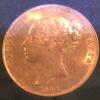
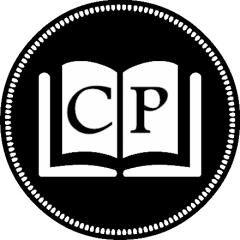
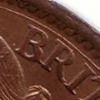

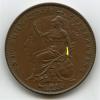
andDateSized.thumb.jpg.7db658116f8f33f90417b6f45b3d5237.jpg)
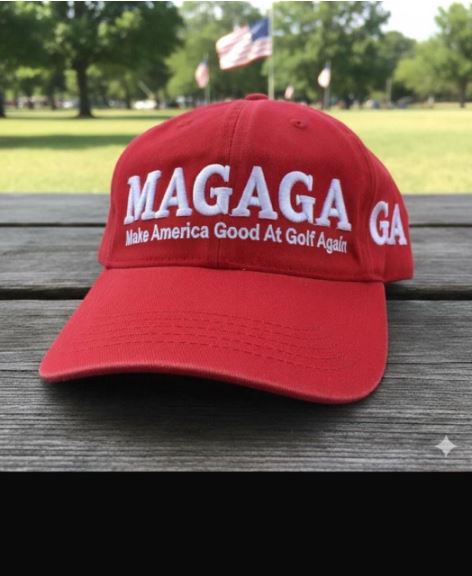
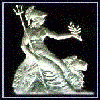
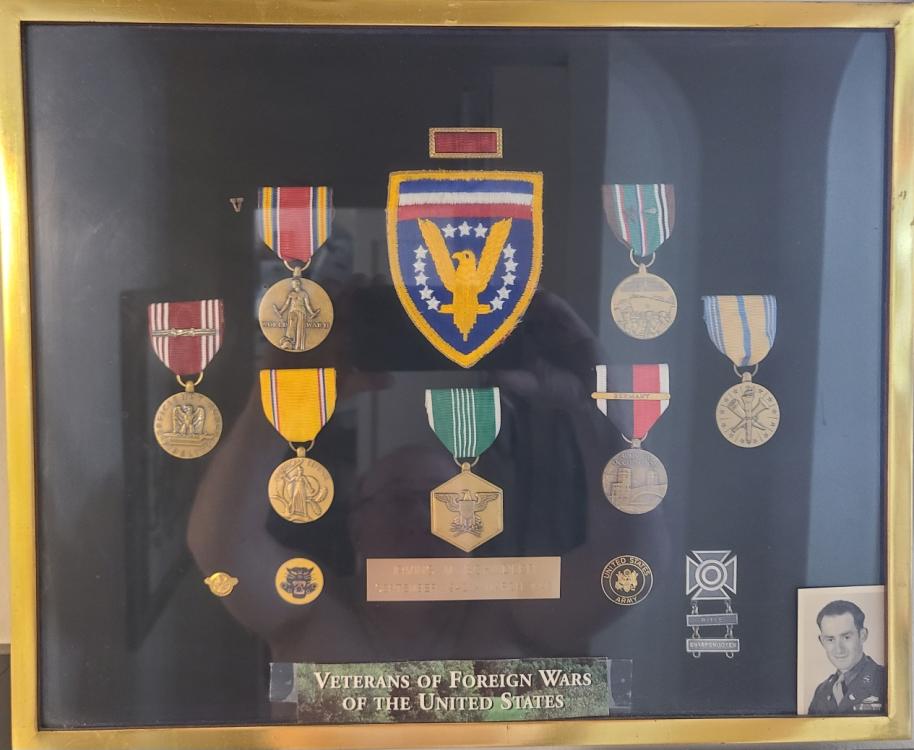
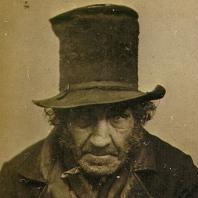
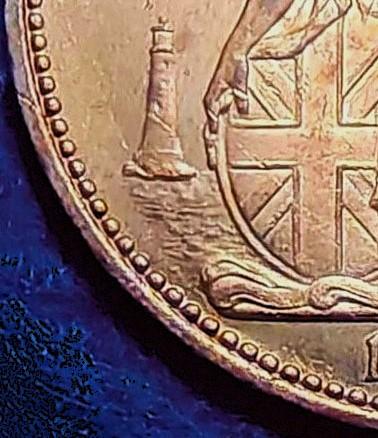
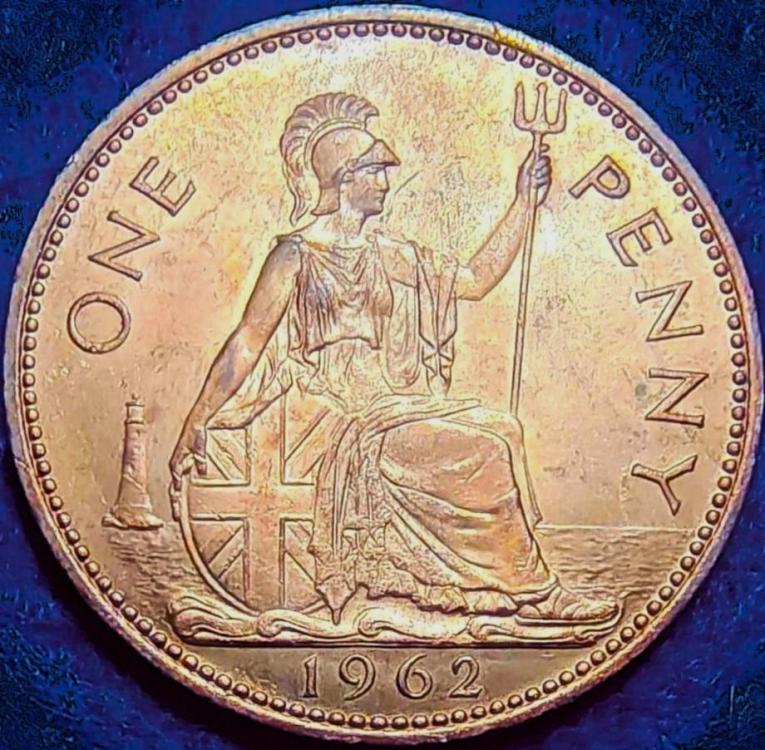
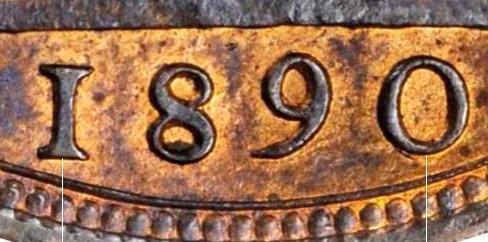
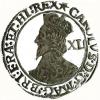

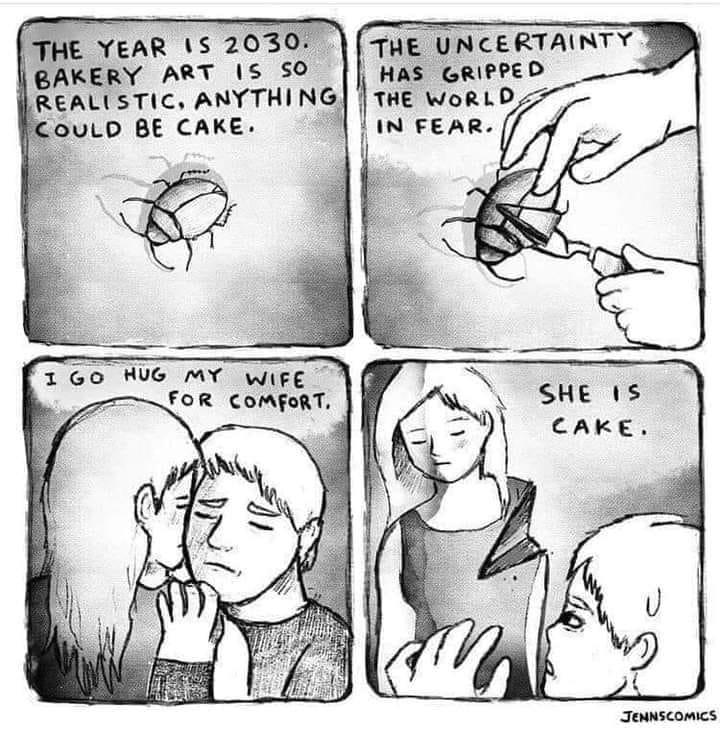
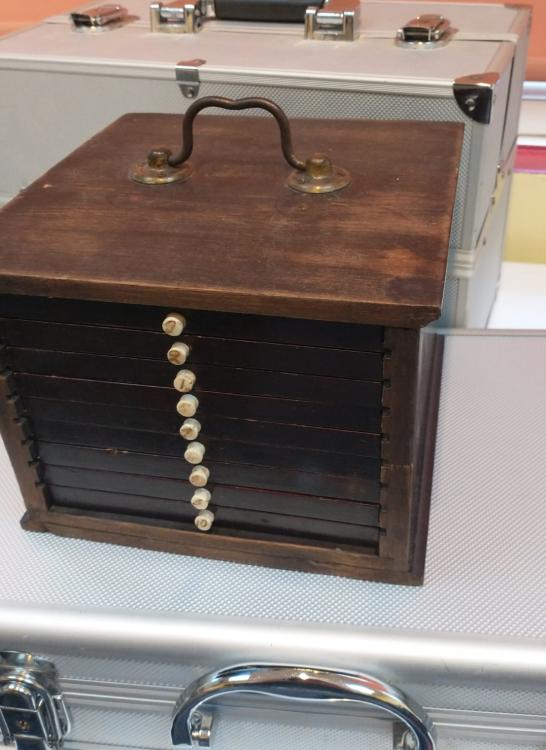
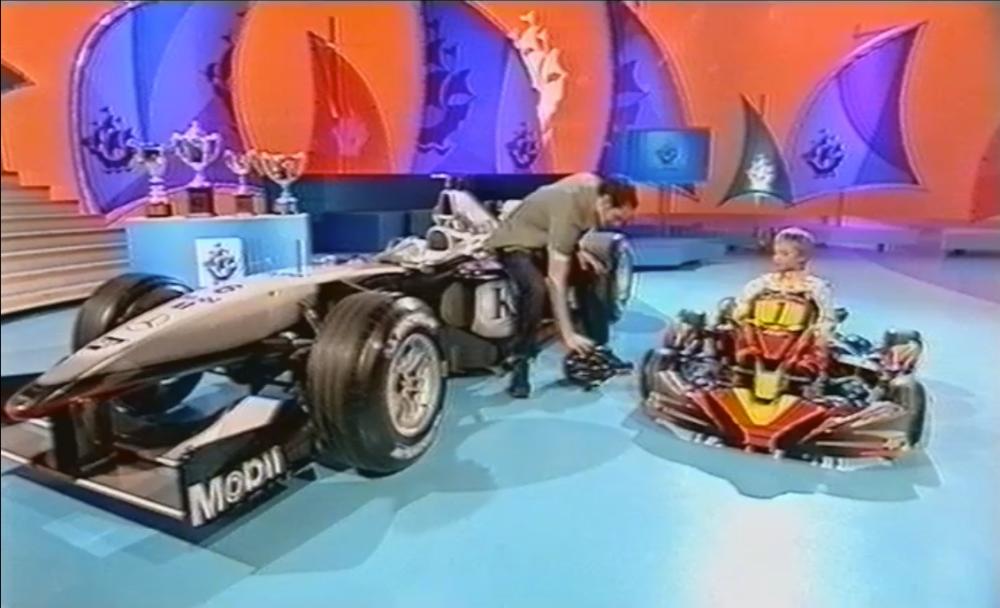

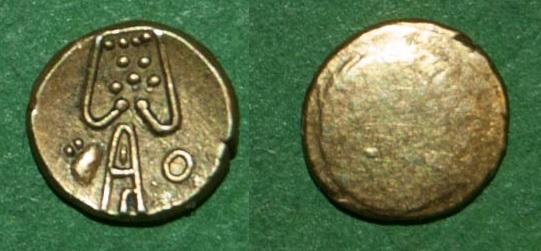

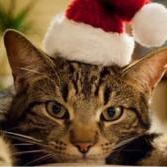
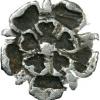
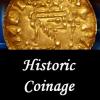
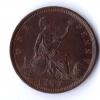
rev.jpg.b55f8c84214b34f4929dafe5e159fdf1.jpg)
obv.jpg.5de3020623ee1631e4b5f9713d4efaba.jpg)
